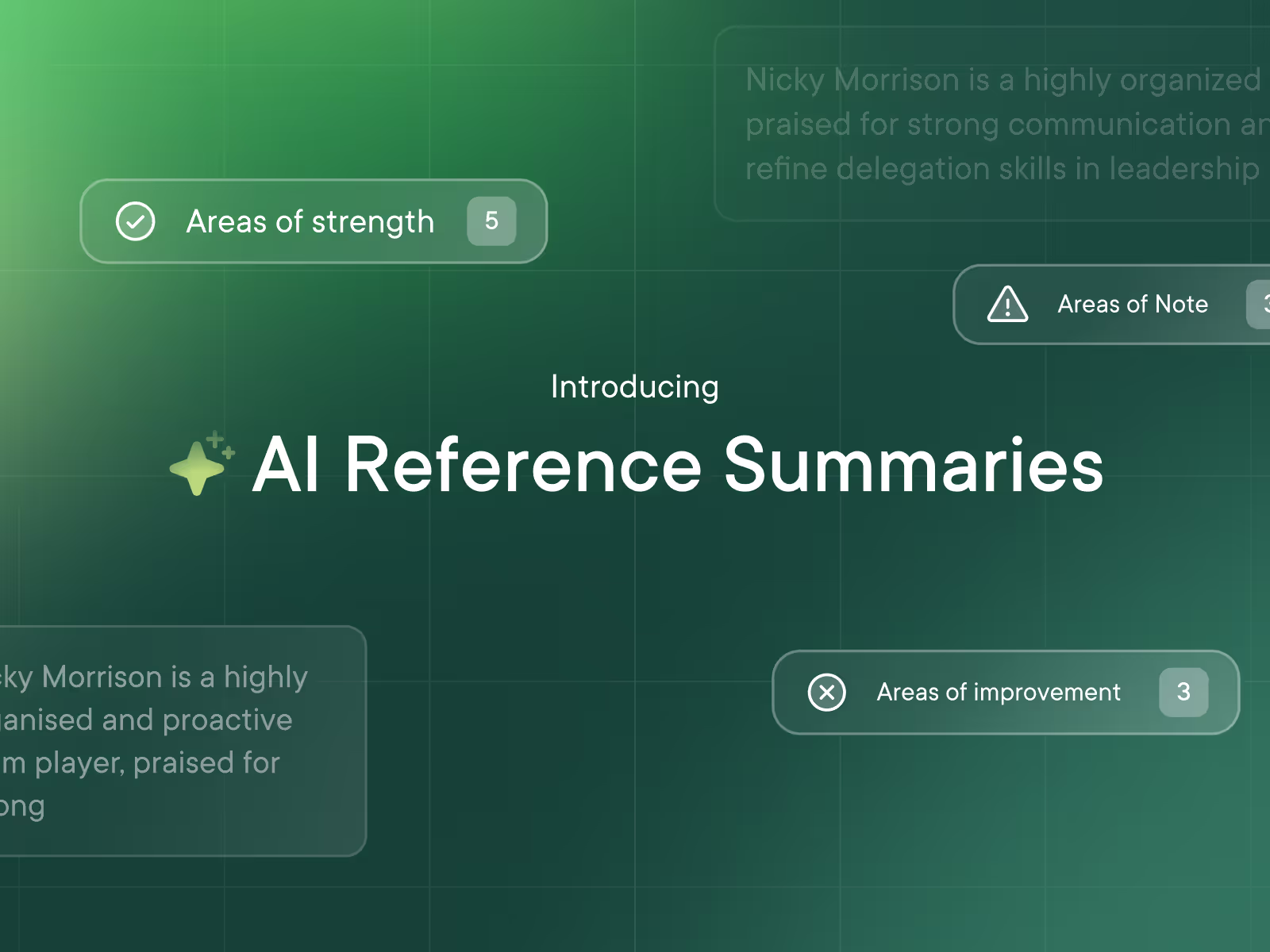


Give your people a voice with a tailored Xref Engage survey.
Increase retention and reduce turnover with quick employee feedback from an Xref Pulse Survey.
With the new year underway, now is a valuable time to reflect upon lessons from the year before.
In this blog, we will recap on some trending issues for Human Resources professionals from the later part of 2024 and early 2025.
We kick off our HR trends reflection by considering the power of the ‘fresh start effect’, where organisations can make the most of the employee motivation that tends to come with a New Year.
We then look back to the last few months of 2024, where we learnt of some surprising trends such as Generation Z looking for more stable and continued employment.
The power of values-based employee engagement through storytelling and workplace wellbeing remained strong areas of focus for HR in the final months of 2024.
Read on for more insights.
The final trend we are reflecting on has come from January 2025 and aptly fits the feelings a new year can bring. ‘The fresh start effect’ is where people are more motivated to make positive changes.
Organisations can benefit from refreshed energy by setting ambitious business outcomes that get employees excited and ready for action.
Experts recommend making the most of the fresh start effect by pairing big dreams with strategic systems like SMART goals.
SMART goals stand for specific, measurable, achievable, relevant, and time-bound objectives that help guide performance and outcomes.
People Matters notes that in HR, SMART goals can be applied across all functions, from talent acquisition to retention and engagement. Examples include:
Pair SMART goals with strategies for success. To support the two examples given, an organisation could focus on building a company culture of continuous feedback for improved engagement or providing access to career development programs to boost professional development engagement opportunities.
Starting afresh after the festive season and New Year period is the perfect time to make the most of positive organisational change.
Again a trending topic in January 2025 showed the HR profession that storytelling has become a leadership strategy.Strong workplace narratives may help to attract and retain talent. But your narrative must be genuine, should align with business goals, be transparent, and be delivered with integrity.
Here are key strategies for creating compelling HR narratives at work:
By embracing storytelling, HR leaders can encourage employee engagement through values alignment which can result in long-term success.
In November 2024 surveillance in the workplace came into the spotlight. According to Forbes Advisor, 43% of workers report their employer monitors their online activity.
Workplace surveillance includes methods like keystroke monitoring, algorithms that analyse sentiment in emails and chats, webcam monitoring and wearable devices that track activity. Organisations have been using workplace surveillance to boost productivity and reduce fraud.
With the prominence of remote work, monitoring technologies are raising privacy questions. For example, team members who work from home may feel a surveillance method like webcam monitoring is intrusive.
Experts suggest ethical implementation of workplace surveillance to maximise benefits and minimise drawbacks. Tips include:
There is no single global legislation for digital surveillance. Privacy laws vary significantly by region, and legislation around these technologies is still being created. By implementing monitoring practices ethically and transparently, organisations can strike a balance that enhances workplace safety and productivity, while preserving employee trust and morale.
Studies have shown workplace wellness programs can be a valuable strategy that promotes physical activity among employees. Asics Global State of Mind Study 2024 surveyed over 26,000 people across 22 countries and found that it only takes 15 minutes and 9 seconds to achieve a mental uplift from exercise. The research prompted Asics to start a 'desk break' experiment.
Here are some tips for encouraging movement at work:
Stepping away from desks can help to increase the feeling of work-life balance. By integrating these practices, you can foster a culture of movement and wellbeing in the workplace.
In January 2025, research by Admiral revealed that 75% of Gen Z employees are searching for secure, longer-term work.The Admiral study challenged the stereotype of millennials and Gen Z as frequent job hoppers. The research suggests that these generational assumptions may not be accurate.
Nearly nine out of 10 (88%) of Generation Z employees say that when job-hunting, they prioritise finding the stability of a single employer who can provide financial security and a sense of community and belonging. The research shows the average Gen Z employee wants to stay in their job for seven years, a number much higher than expected.
The Guardian lists three reasons Gen Z may seek longer-term work.
Exercise and breaks at work plus managing workplace surveillance all impact employee wellbeing. Storytelling is a wonderful way for organisations to excite employees and make them feel part of ‘something’ - aligning themselves to the wider goals and values of the organisation they work for. It may be that good storytelling is impacting Generation Z as they desire to secure a role that offers financial security and a sense of community and belonging.
The ‘fresh start effect’ has helped set organisations up for a positive year ahead. These other stand-out HR trends from November 2024 to January 2025 could continue to impact workplaces throughout the year. Stay tuned for Xref’s monthly trends blogs to find out!
